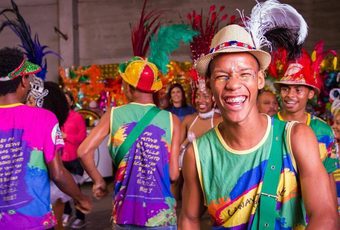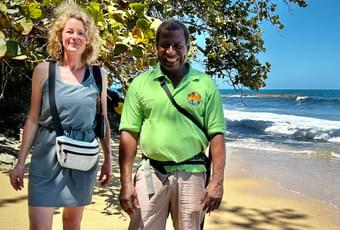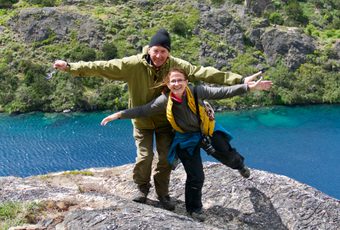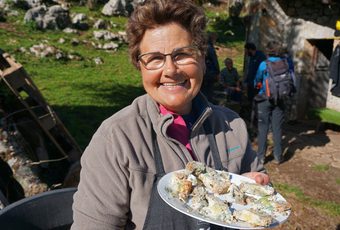Costa Rica's best seasonal wildlife highlights
The vast majority of Costa Rica's most iconic wildlife species are there all year round.
Sloths, toucans, howler monkeys, spider monkeys, capuchins, tree frogs, snakes, caiman, coati and morpho butterflies are all fairly common in lowland areas on both the Caribbean and Pacific coasts. Hummingbirds are common at higher elevations inland. In theory, you could also see a jaguar pretty much anywhere, but you'd have to be owed an awful lot of karma for that to happen. So we're not putting that in bold...
The dry season (Dec-Apr) is great because you can venture further into the forest and wildlife viewing is generally a lot easier when it's not raining. The green season (May-Nov) can offer better night walks as more water tends to equal more frogs, snakes etc. But it can and does rain in the dry season and even in the wet season, we're generally talking about short, sharp afternoon showers rather than all day rain. So don't sweat that too much.
That said, there are a handful of seasonal highlights it's worth considering when planning any wildlife holiday to Costa Rica.
Resplendent quetzals
Best time: March to May
The Resplendent quetzal is the poster bird of Costa Rica’s bird life, a stunning bird of emerald green and crimson, with tails up to a metre long. Its beauty had rendered it to the status of myth and legend in Pre-Colombian Central America, with the feathers being more treasured than gold.
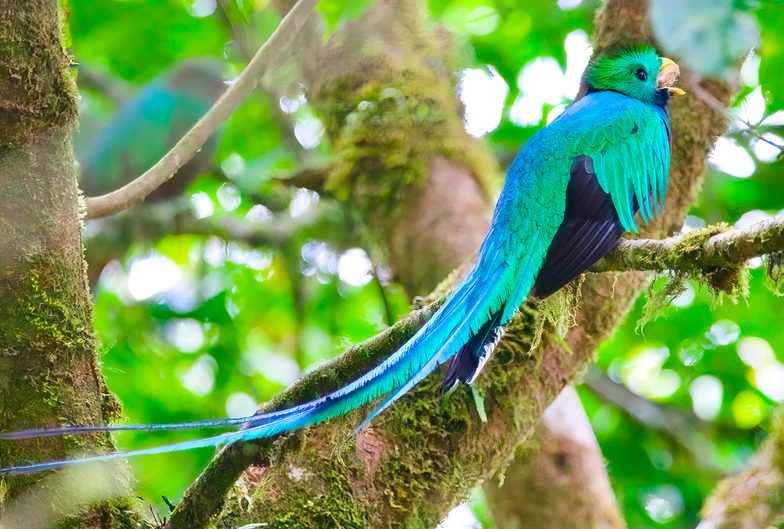
They build their nests in the cloud forests of San Gerardo de Dota between March and May and are most active on early morning walks during this time. The males lose their magnificent tails around August until November or December.
Further reading: Monteverde vs. San Gerardo: where to go for cloud forest in Costa Rica
Humpback whales
Best time: August to October
These giants have two migration windows when they can be seen off the southern Pacific coast (Uvita and Osa Peninsula). The first coincides with the dry season, particularly from December through February, as the first groups come down from the coast at California. The second arrival is from the south, as pods migrate from Antarctica to give birth between July and October.

We took the above photo in September, which is plum in the middle of the much more reliable of the two windows and is generally a sensational month for wildlife in Costa Rica!
Sea turtles
Best time: July to December
Costa Rica is home to five of the world's seven species of sea turtle. They are present all year round in some form or another, especially in Tortuguero.
Of course, the big 'prize' is to see either nesting turtles, or the hatchlings emerging and making their first, perilous dash for the sea. Turtles generally like darkness for laying so they tend to come up in their greatest numbers around the new moon. They also prefer cooler temperatures so that the sand doesn't boil their eggs, and so July to October is usually the most prolific time for 'arribadas', mass arrivals of tens of thousands of sea turtles. The eggs then take two months to hatch, meaning September to December is prime hatchling season.

Tortuguero is a great place to experience this phenomenon, particularly as our preferred lodge sits right on the shores of a turtle-nesting beach.
But THE place for nesting turtles is Ostional Beach on the Nicoya Peninsula.
Raptor migrations
Best time: September
Raptor migrations take place on the Caribbean coast twice a year. As millions of birds of prey migrate north in spring, and south in autumn, they are funnelled through a narrow spot between the Caribbean Sea and the mountains in one of nature's greatest spectacles. In a single season, 3.5 million raptors were counted flying over this spot!
Frogs and Reptiles
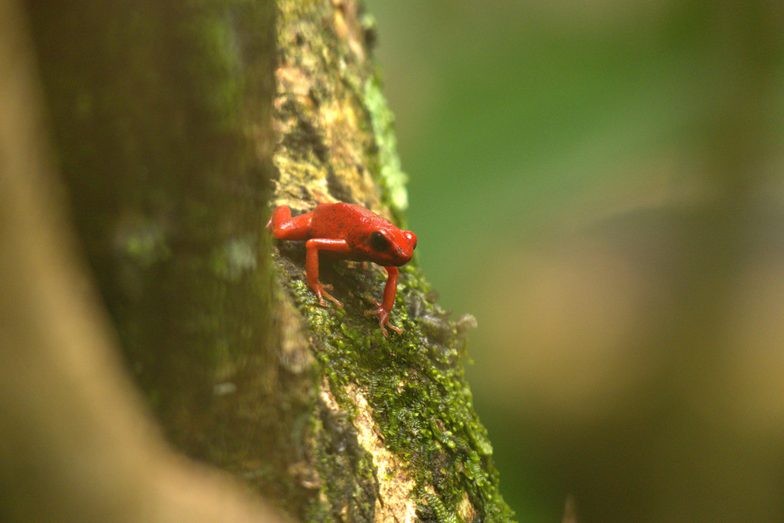
Best time: May to November
Rain spurs breeding in amphibians, and you’re likely to hear the calls of red-eyed tree frogs and glass frogs at night in the lowland rainforests between May and November.
